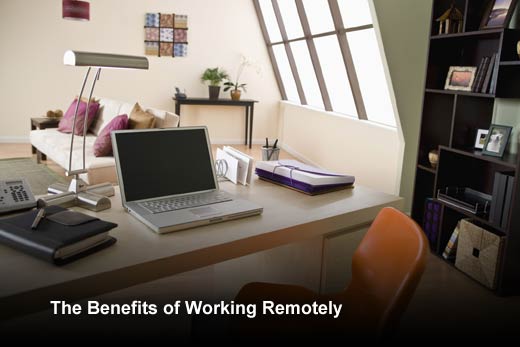Find a company in today’s business landscape that isn’t pushing for more revenue, higher profits and lower costs. If you do, you probably won’t find them in business in a year’s time.
That’s why smart leaders are looking seriously at how outsourced and virtual-team members can help them reach those goals. More and more, highly qualified virtual executive assistants (VEAs) are coming alongside senior leaders and mid-level managers to help them handle their administrative needs. Leaders are often struggling under the weight of expectations – at work, at home, in the marketplace – and they need an alternative for getting things done. Leaders who stop trying to do and be all things to all people and work alongside a trusted VEA are finding they’re more productive, more focused and more peaceful.
In this slideshow, Tricia Sciortino, president of eaHELP, discusses five benefits of hiring remote workers and how they can be better than traditional office dwellers.
Tricia Sciortino is the President of eaHELP. Prior to starting with eaHELP, she worked for Cogun, a national church construction company. Prior to Cogun, she worked as a District Manager at PacSun. Tricia obtained her B.A. in Business from the University of Hartford.
The Benefits of Working Remotely
Click through for five benefits of hiring remote workers and how they may be better than traditional office dwellers, as identified by Tricia Sciortino, president of eaHELP.
Cost Savings
Companies can realize an immediate cost-savings of 30 to 60 percent when compared with in-house hires. That means extra cash flow going straight to the bottom line for reinvestment and growth. (Cognizant)
Agility and Speed of Hire
A 2014 study co-sponsored by Elance and oDesk found that in-house positions took an average of 43 days to fill — virtual jobs take an average of 3 days. (2014 oDesk study)
Absenteeism
According to Global Workplace Analytics, working remotely reduces unscheduled absences by 63 percent. Remote workers typically continue to work while sick, and given a more flexible workday, are able to work around appointments and other errands.
Productivity
Studies show home-based workers are 13 percent more productive than their in-house counterparts, had a 50 percent lower attrition rate and reported more positive job satisfaction. (Stanford)
A Changing Work Force
According to the Freelancers Union, roughly 42 million people are freelancing in the United States. That is one in three American workers. If you want to find truly great talent, looking for virtual or freelance workers is where it’s going to be found.








